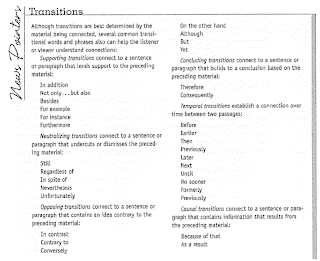"Visual storytelling" is surprisingly written for the EAR and not for the eye.
How it differs from text and Online
- Sentences ten to be short and contain only one idea at a time.
- No opportunity for listeners to 'replay' what they heard.
Tends to follow 5-word sentences. - Best to alternate short and longer sentences.
- Sentence fragments are acceptable; e.g. Bad news for Townsville shoppers, Townsville has opened up their new basketball stadium.
Audio stories contain fewer details, usually feature just one key fact of the 5Ws and a H. Tell it like a friend would; must be conversational. Audio leads put a premium on ACTION!e.g. instead of "6 people went missing..."; you would write: "Coast Guard rescue teams are searching for 6 people lost in the sea..."
SVO = Subject Verb Object - Present tense for online/print or radio.
Summary leads don't always 'work.' Try instead a MAIN POINT lead. (Strives to deliver the major impact of the story quickly)
Soft lead - Delays the main point of the story. Which eases listeners or viewer with a teaser. Good for lighter news stories; or very complicated ones.
Throwaway Lead - offers even less information than a soft lead.
Umbrella Lead - Equivalent of multiple element leads. Which can tie together 2 or 3 main ideas in one story or tie together 2 or 3 seperate stories.
Delayed lead - Follows the chronology.
Question lead - Poses a question of general interest to introduce the point of the story. It's job is to set up the story.
Planning to head to the beach this weekend? You might have to get an early start as traffic is expected.
Humor Lead - Can help draw audiences in, or it may not if its no genuinely funny.
Drives should be experiencing less gas pain soon. An increase in cruid oil supply.


No comments:
Post a Comment